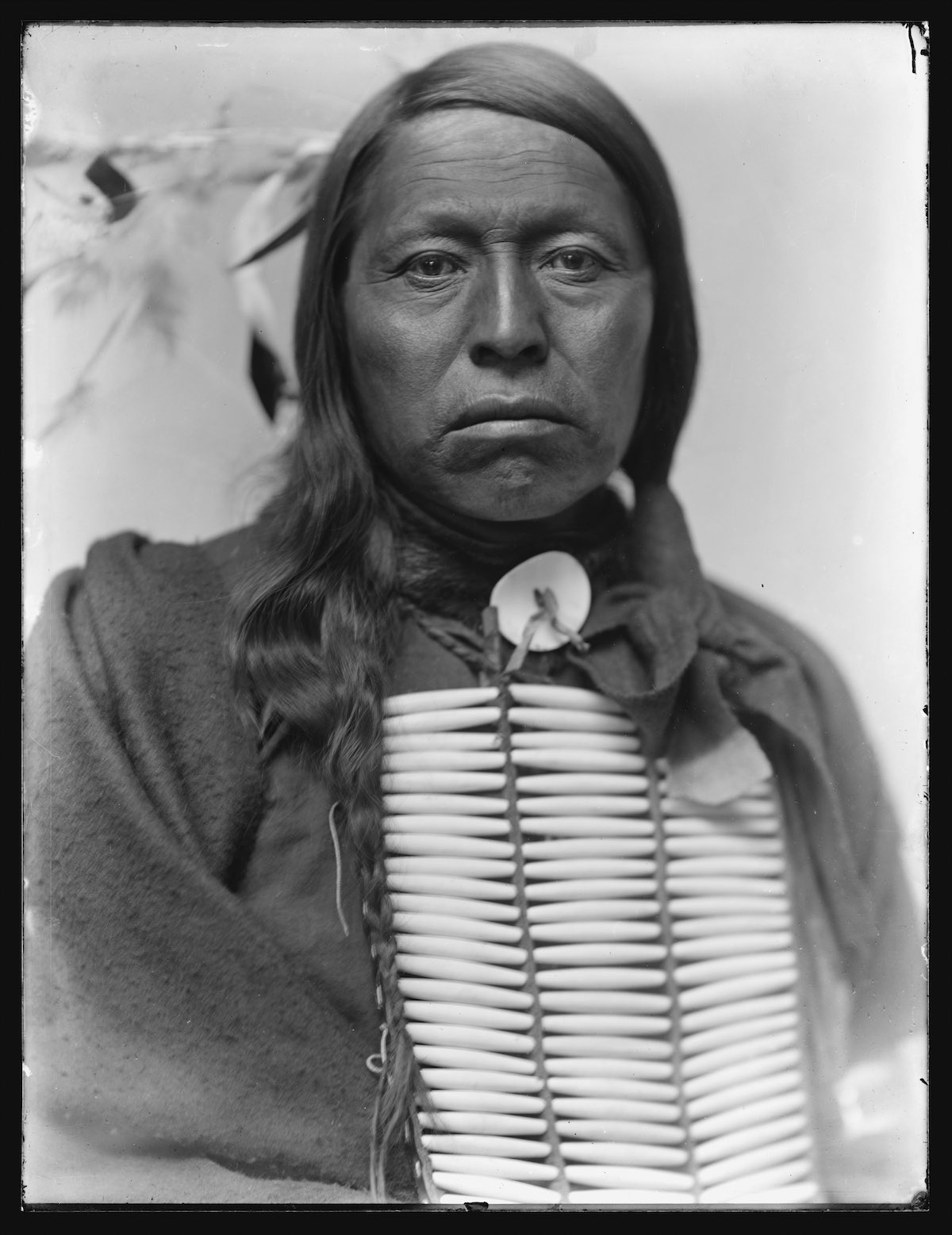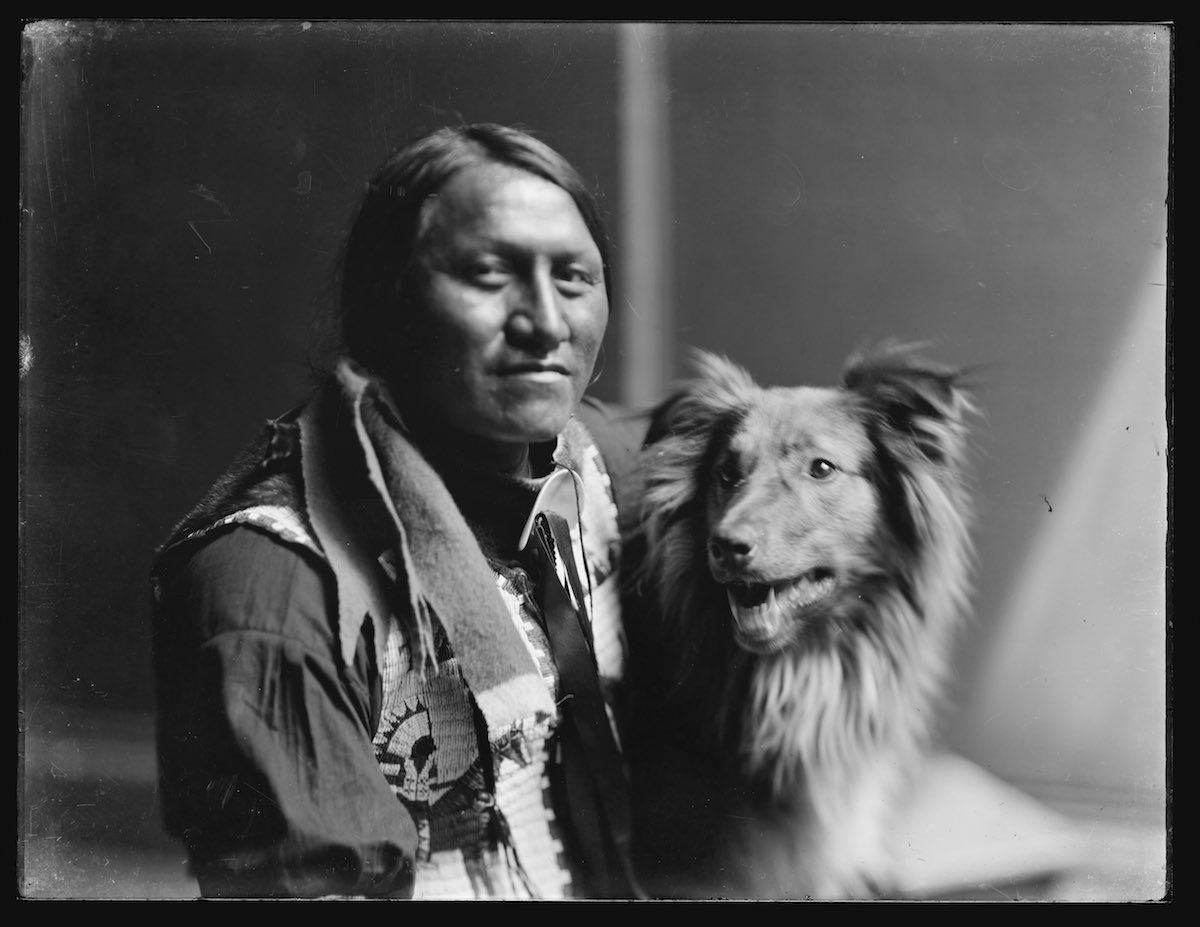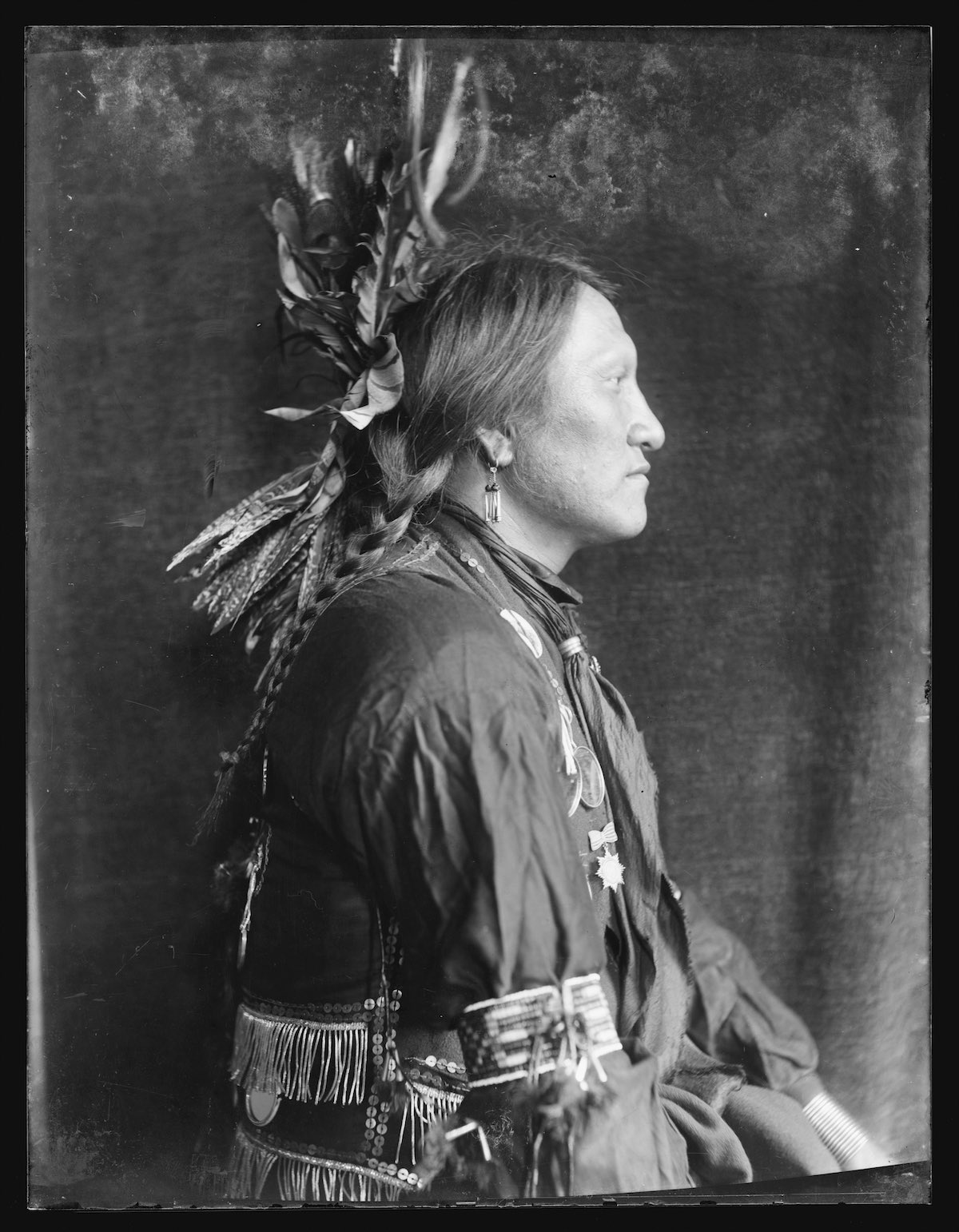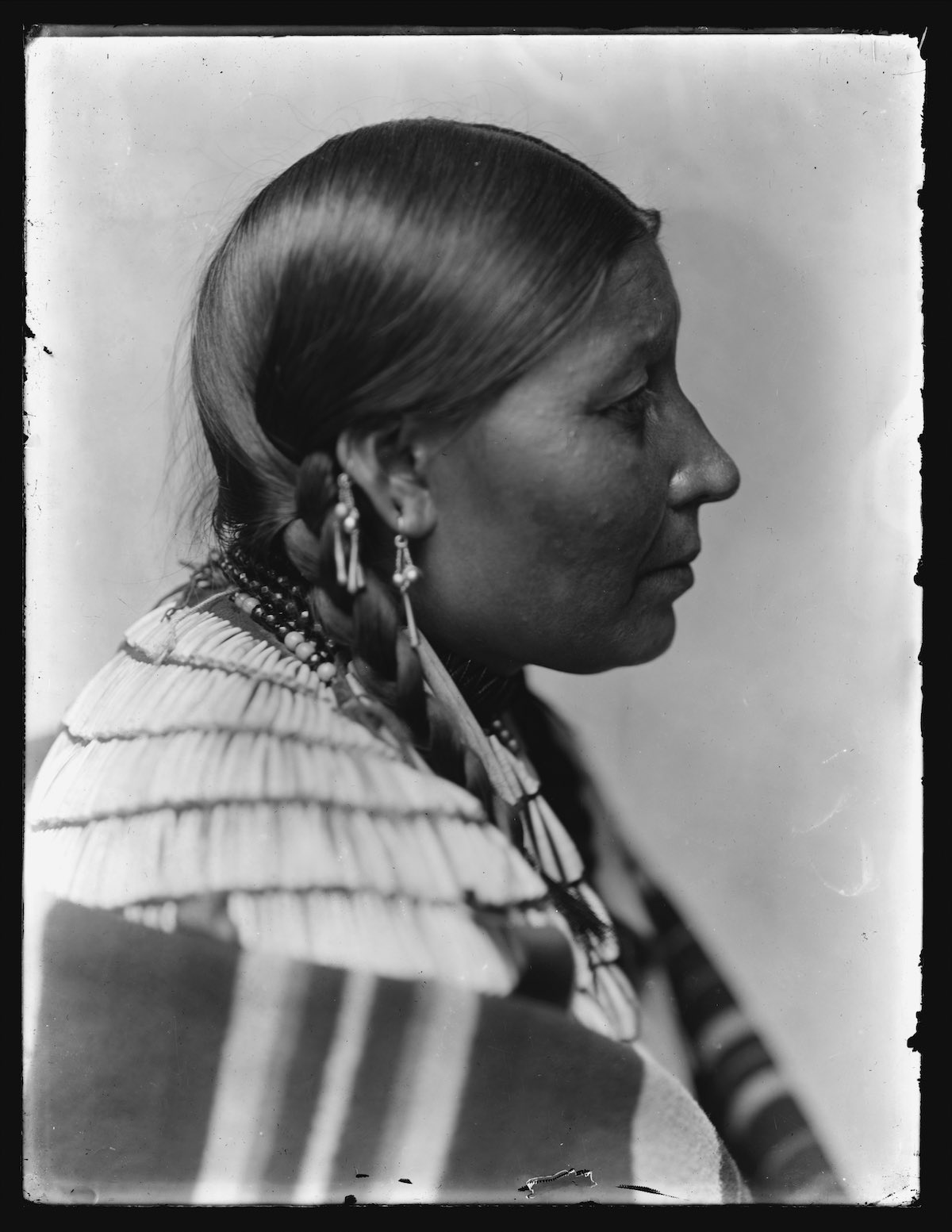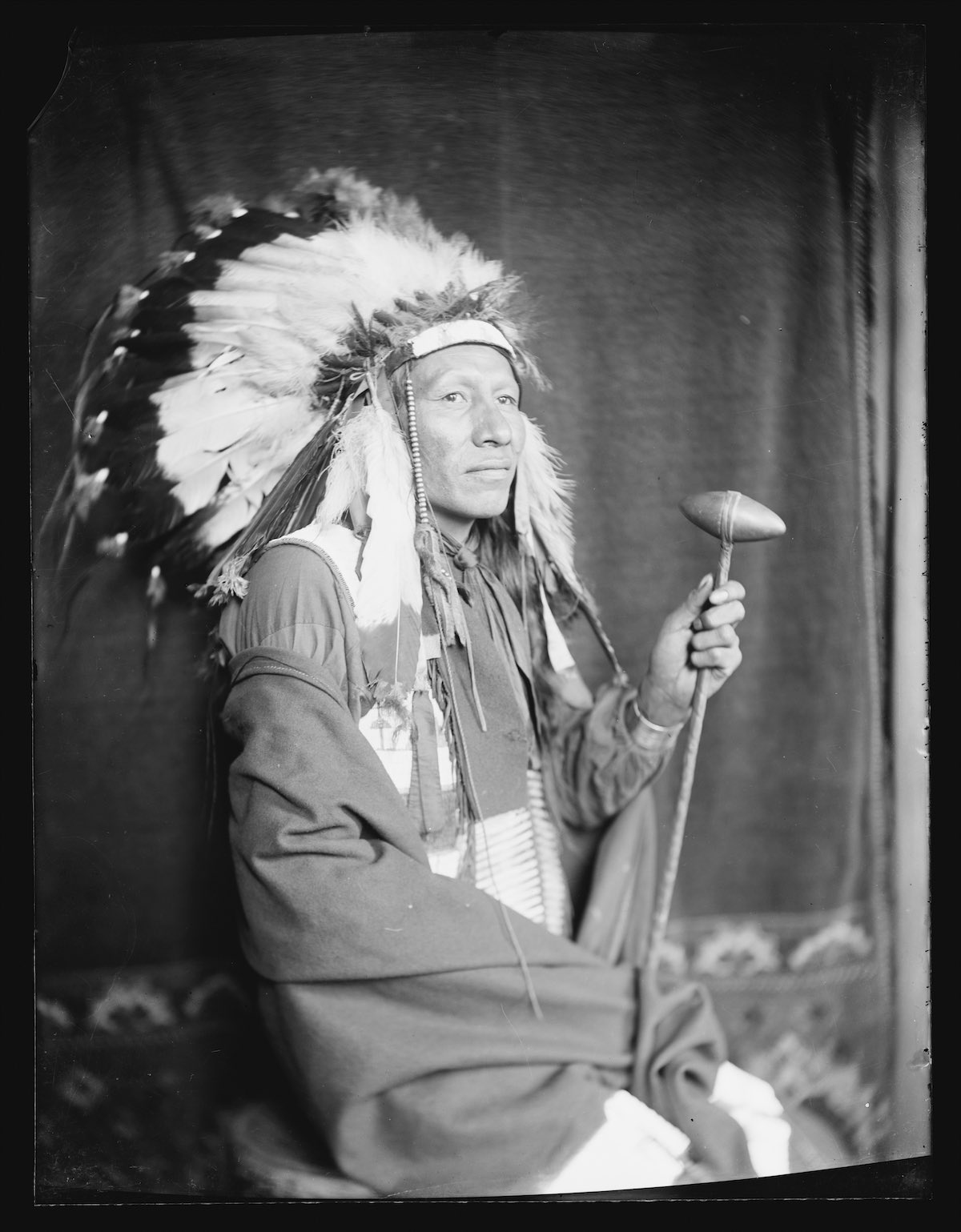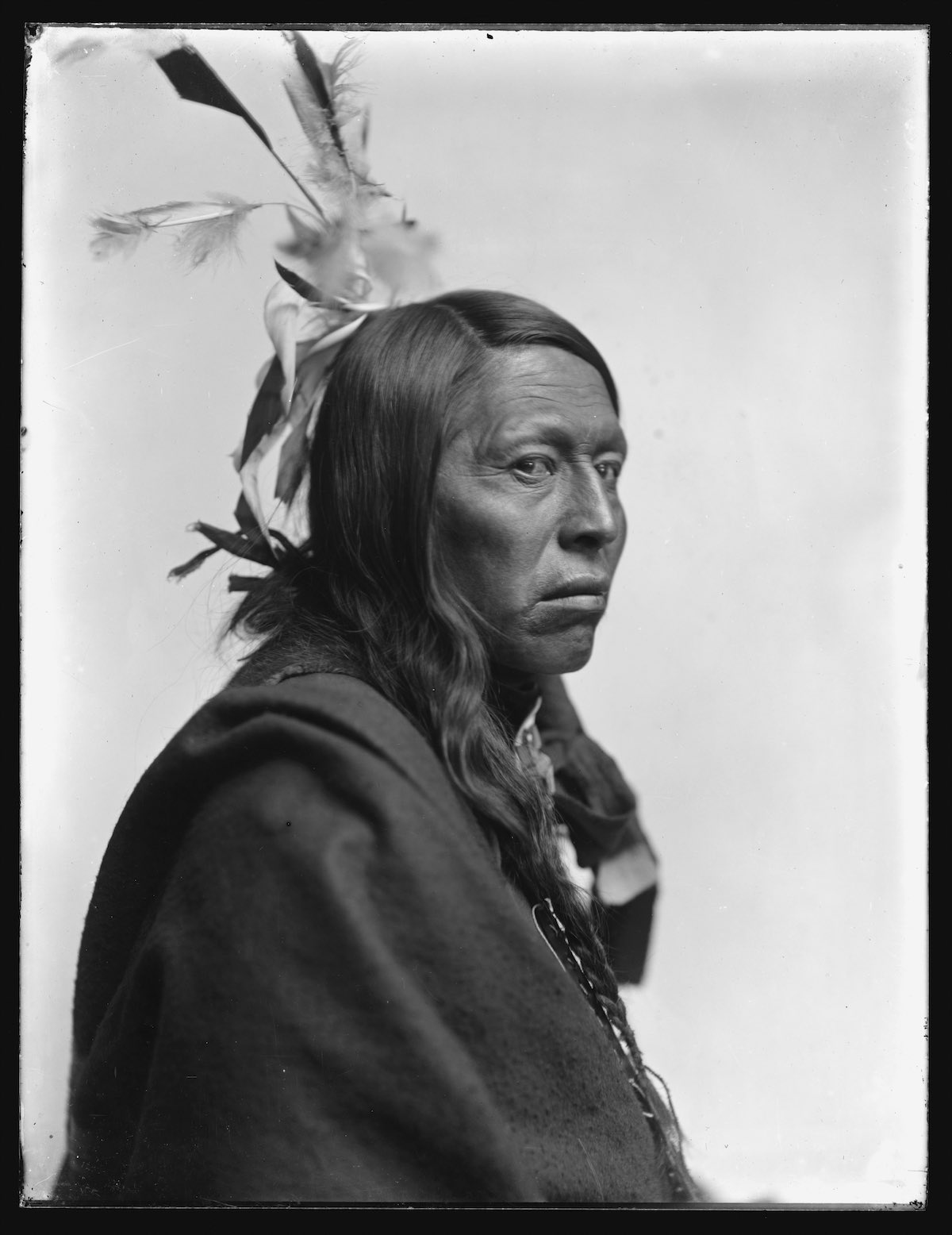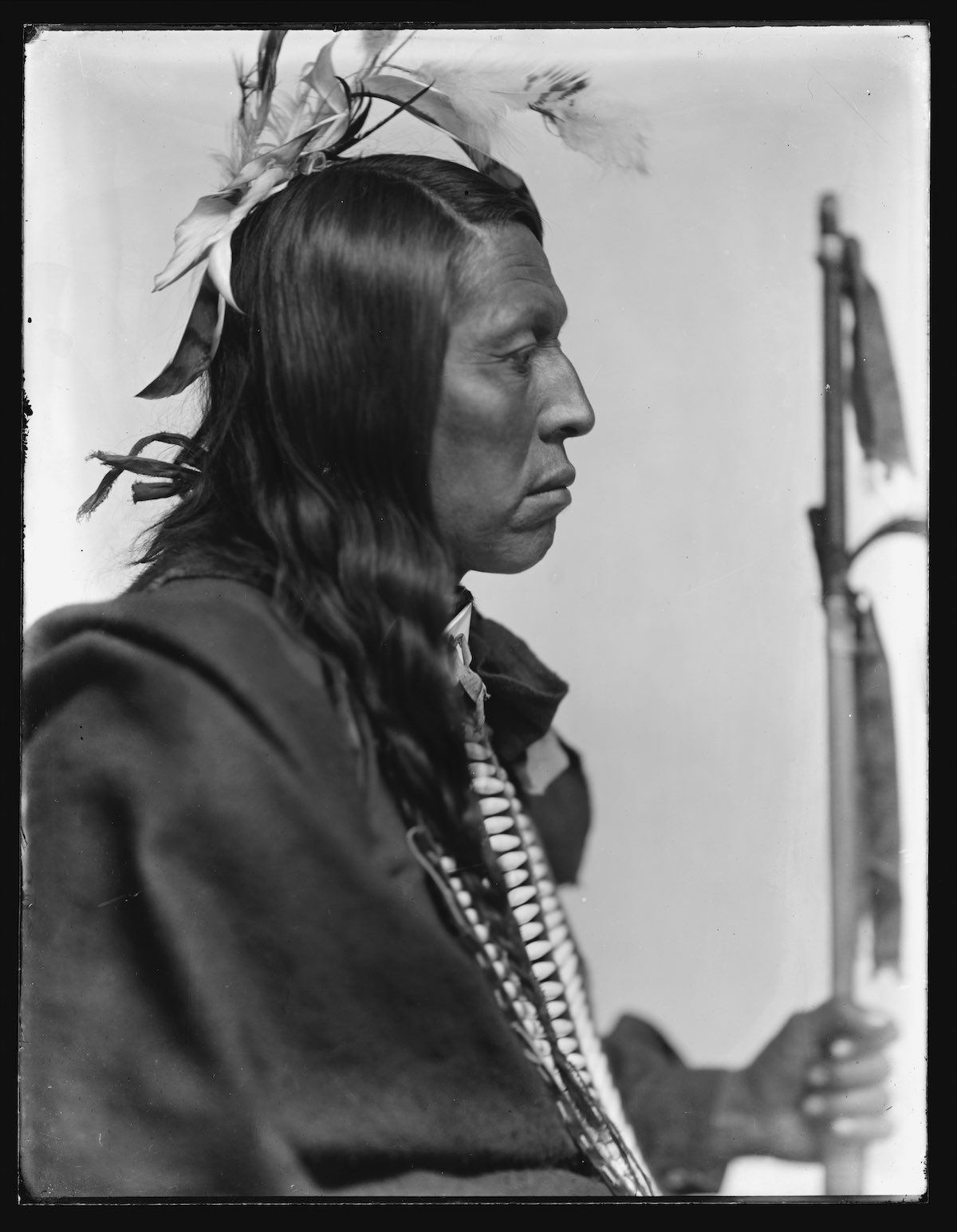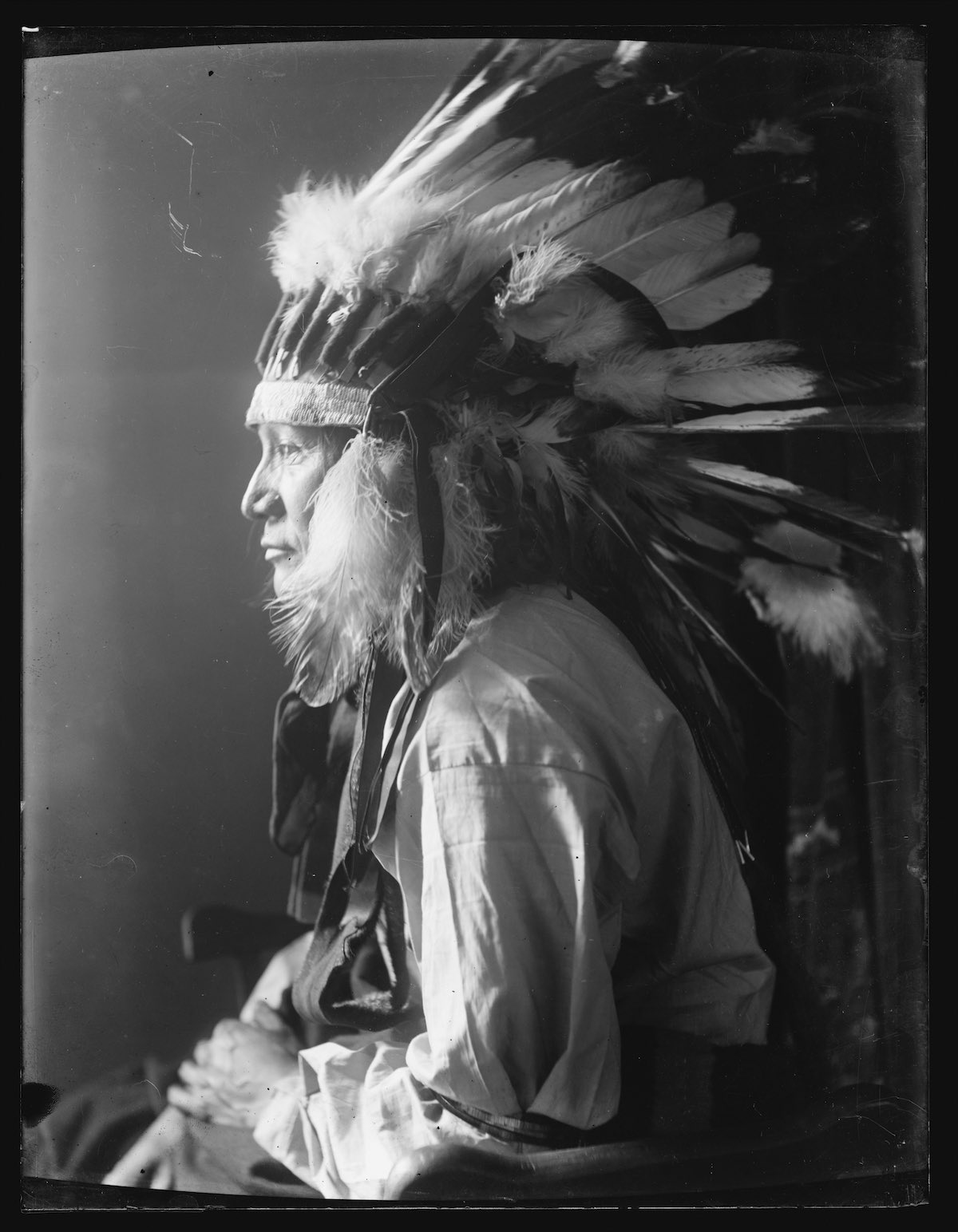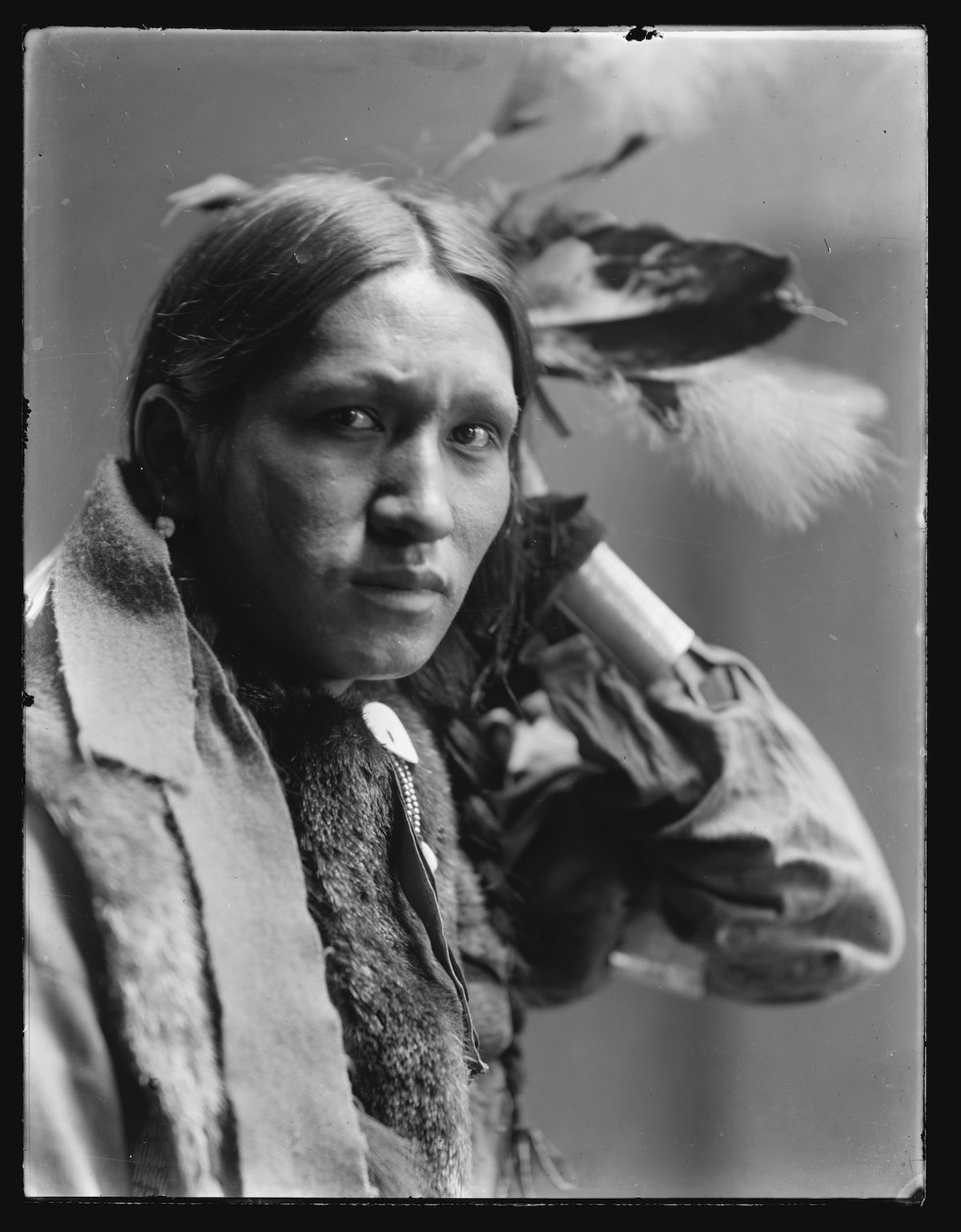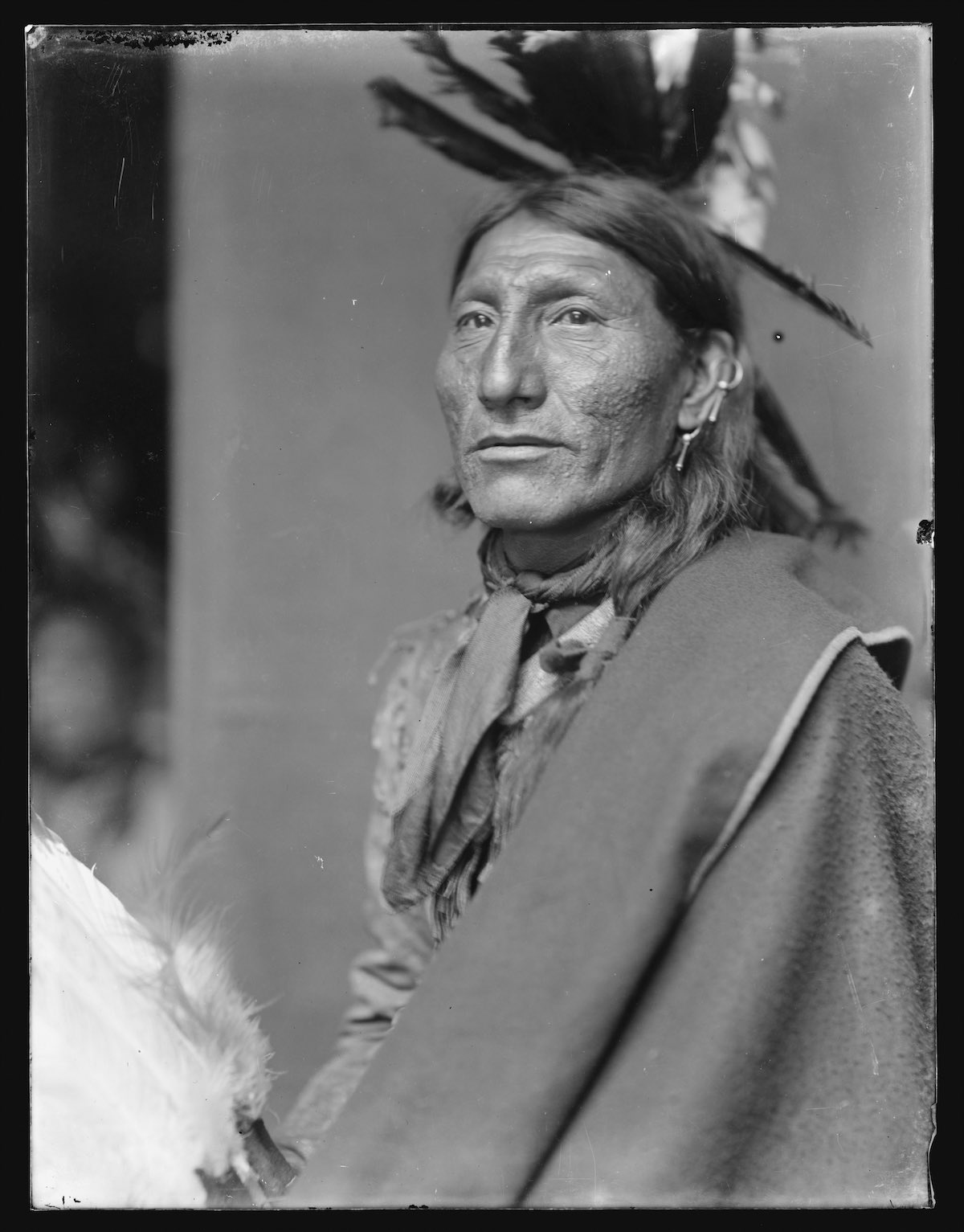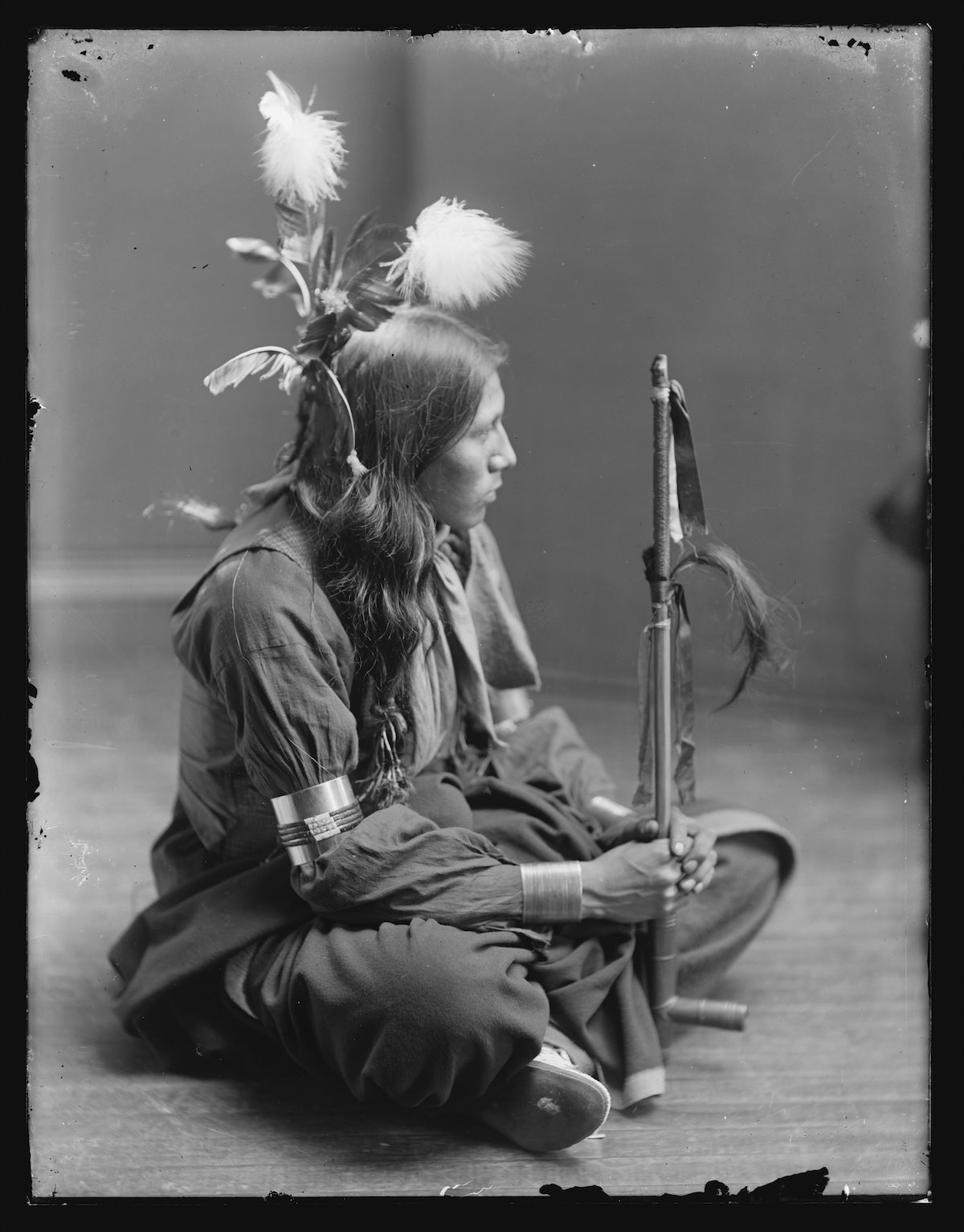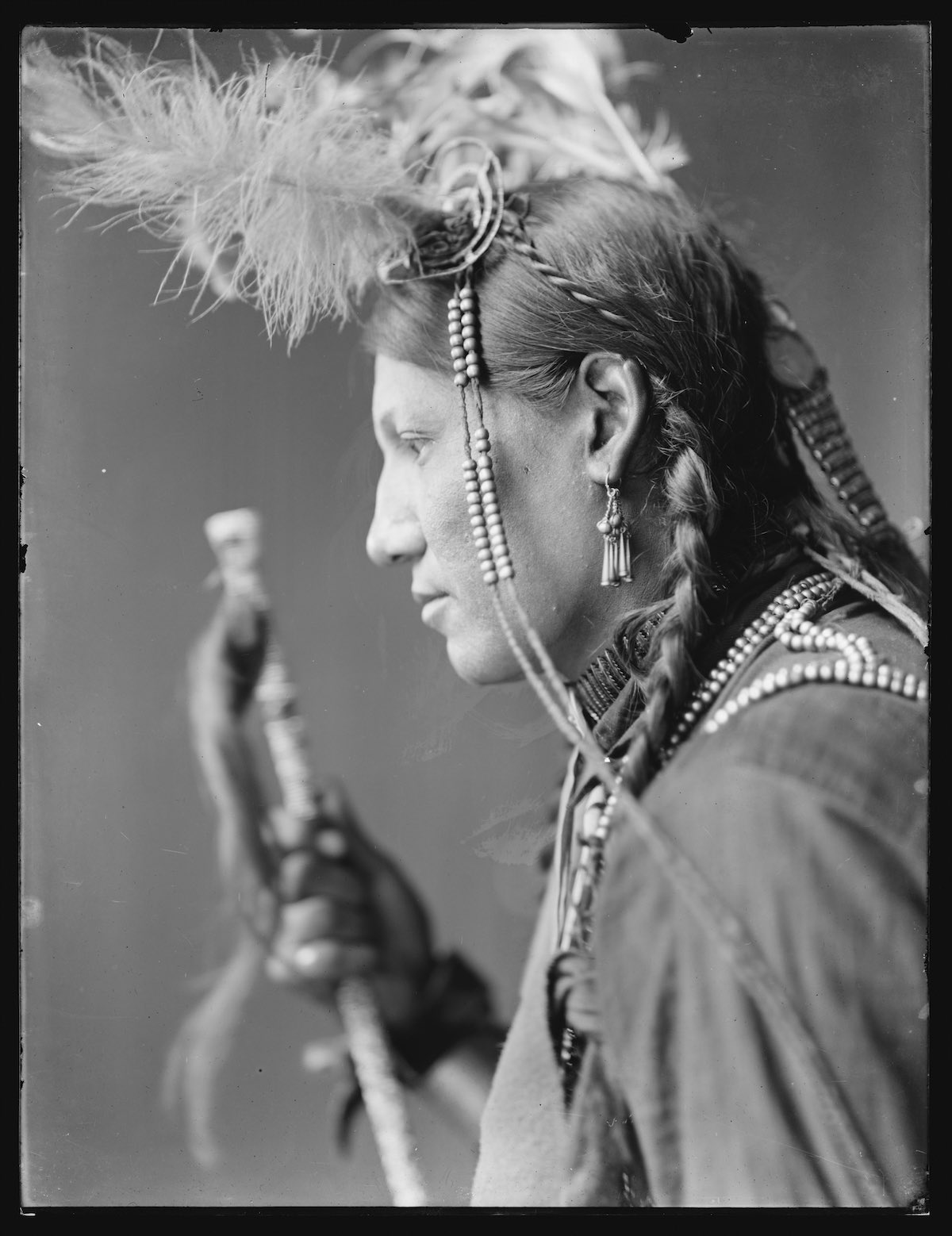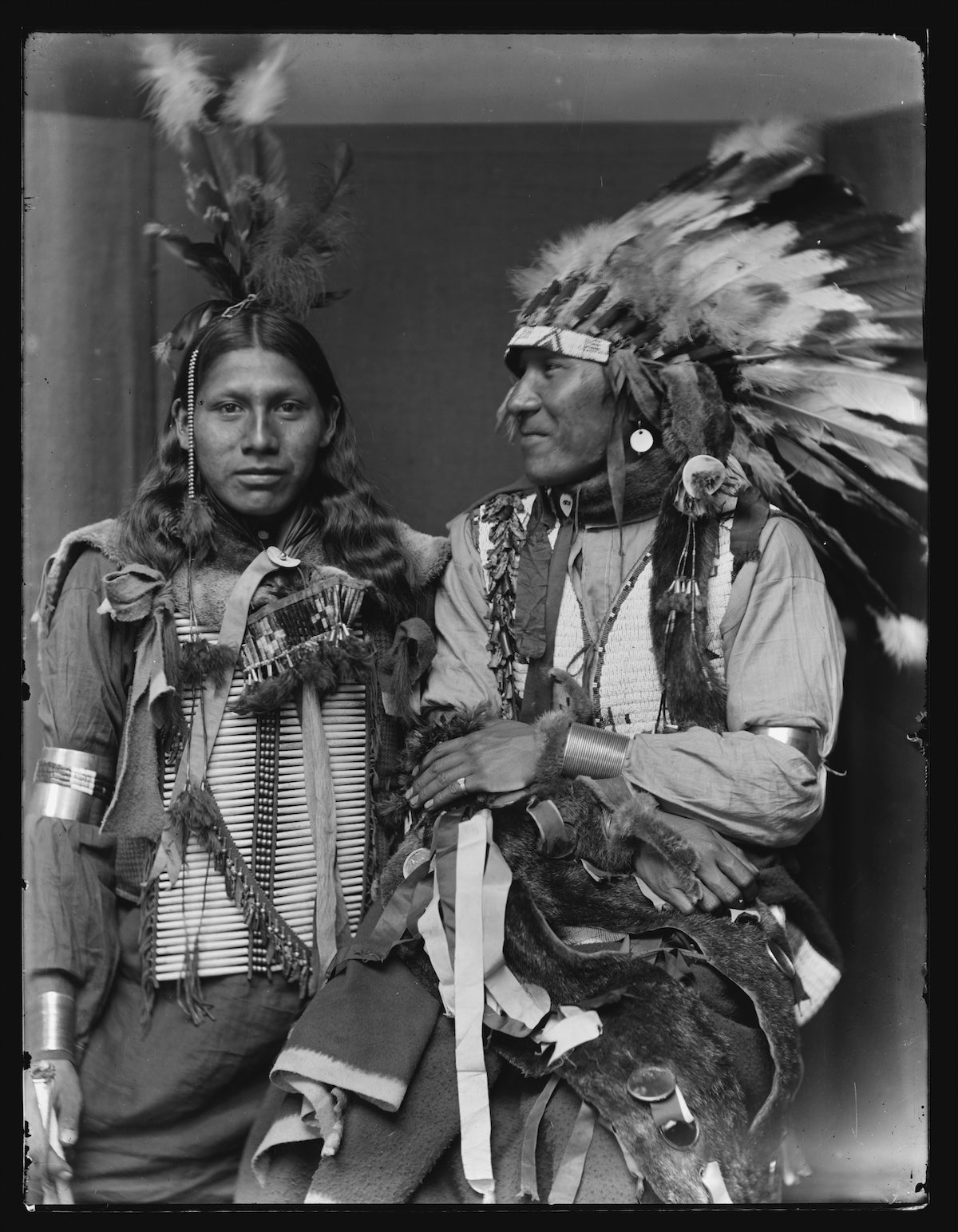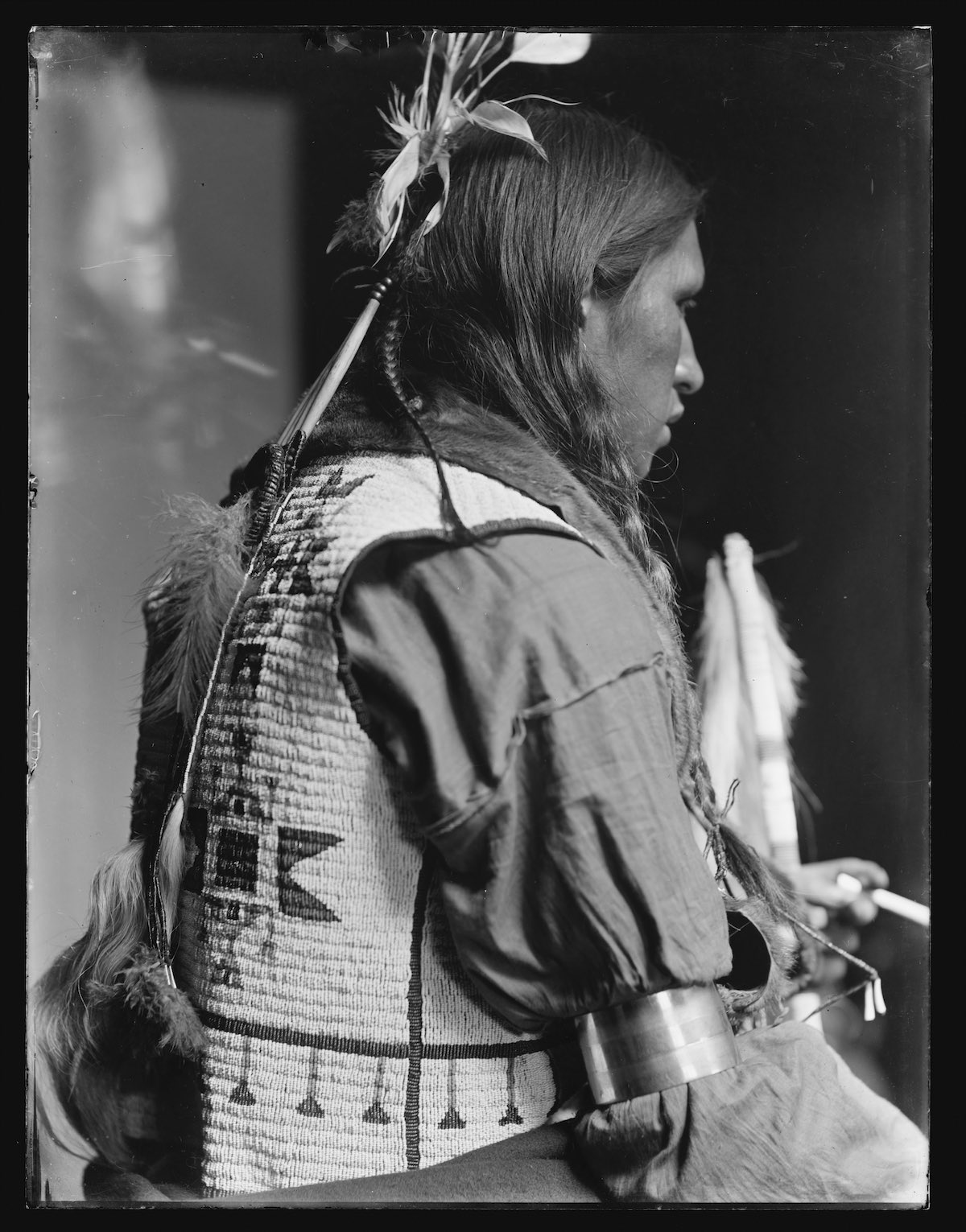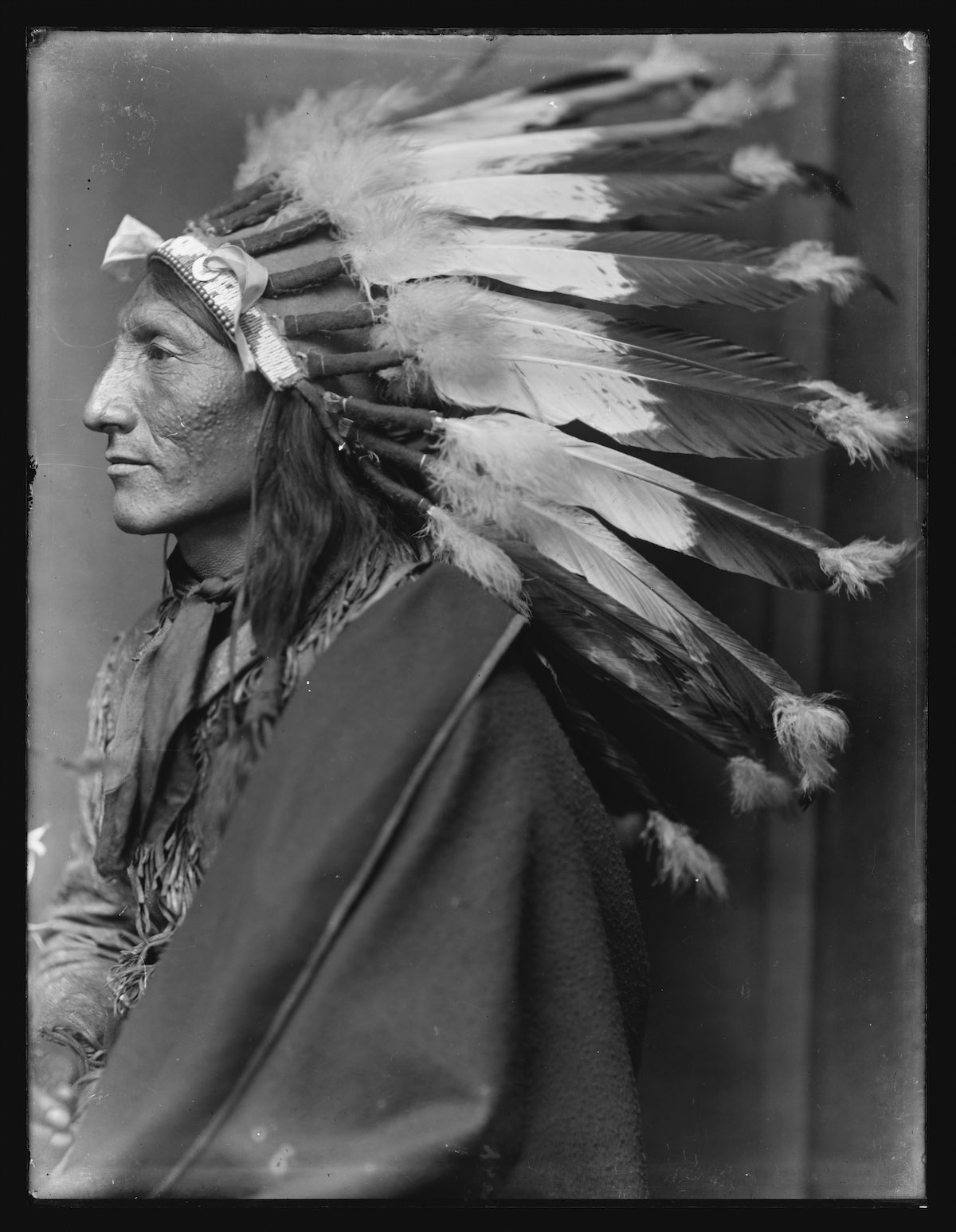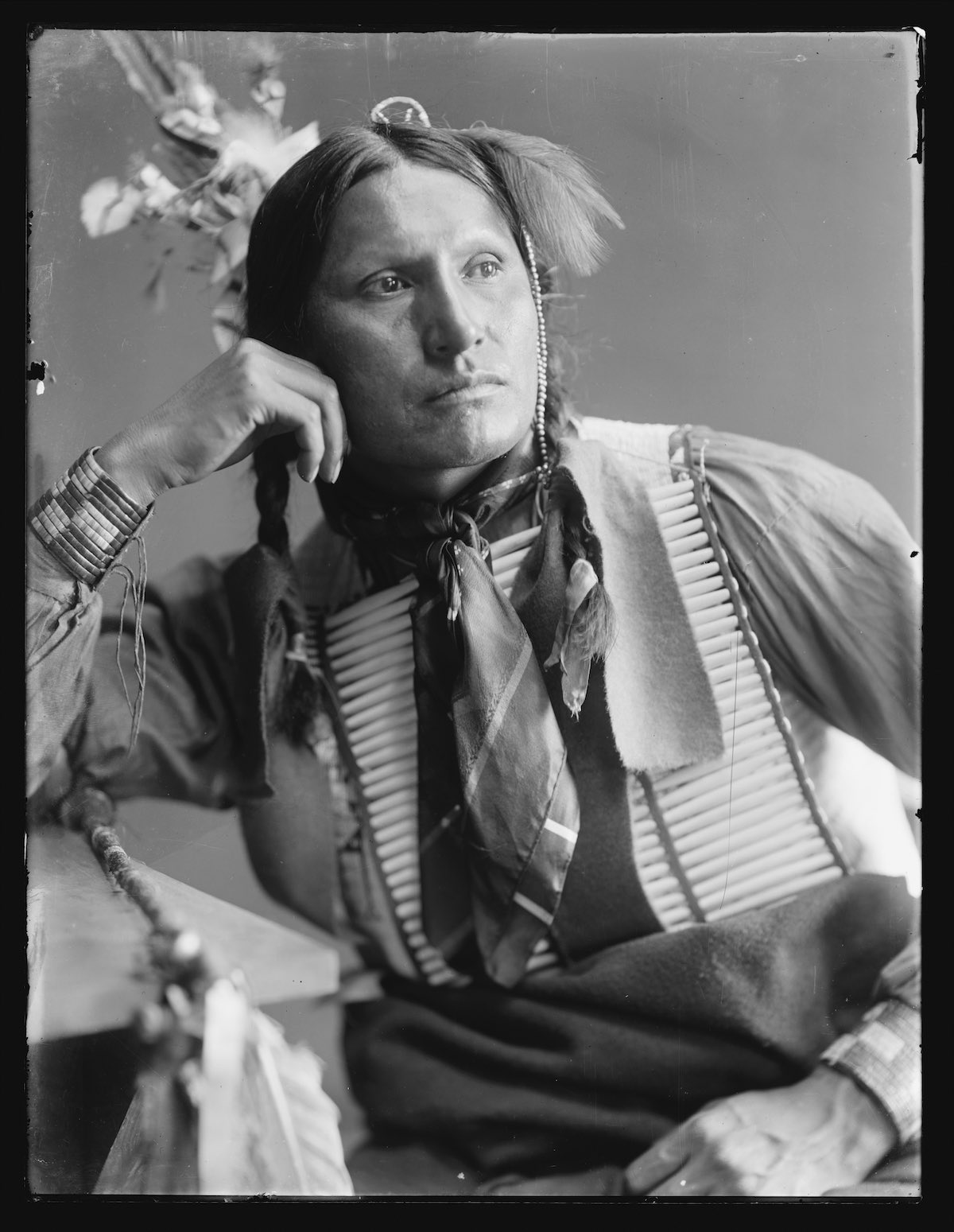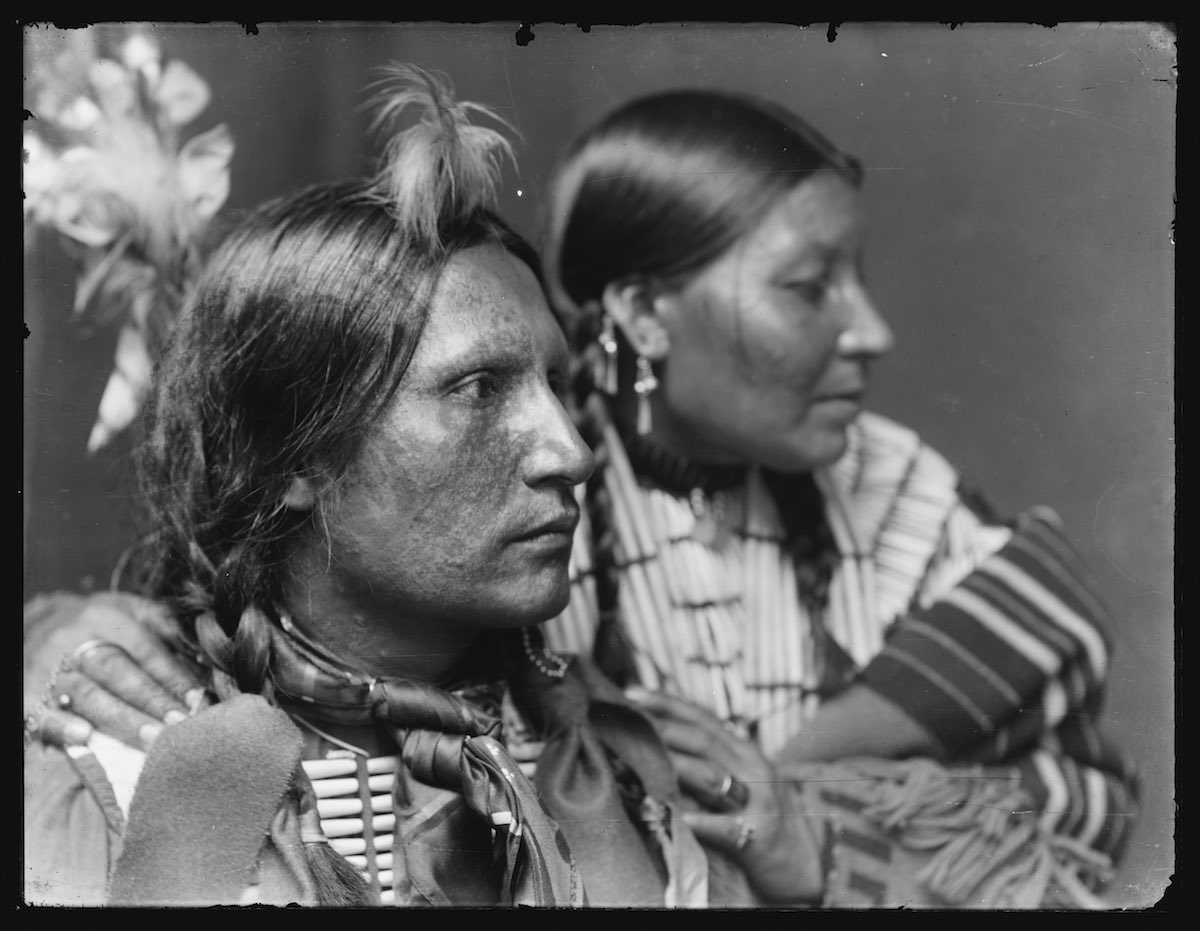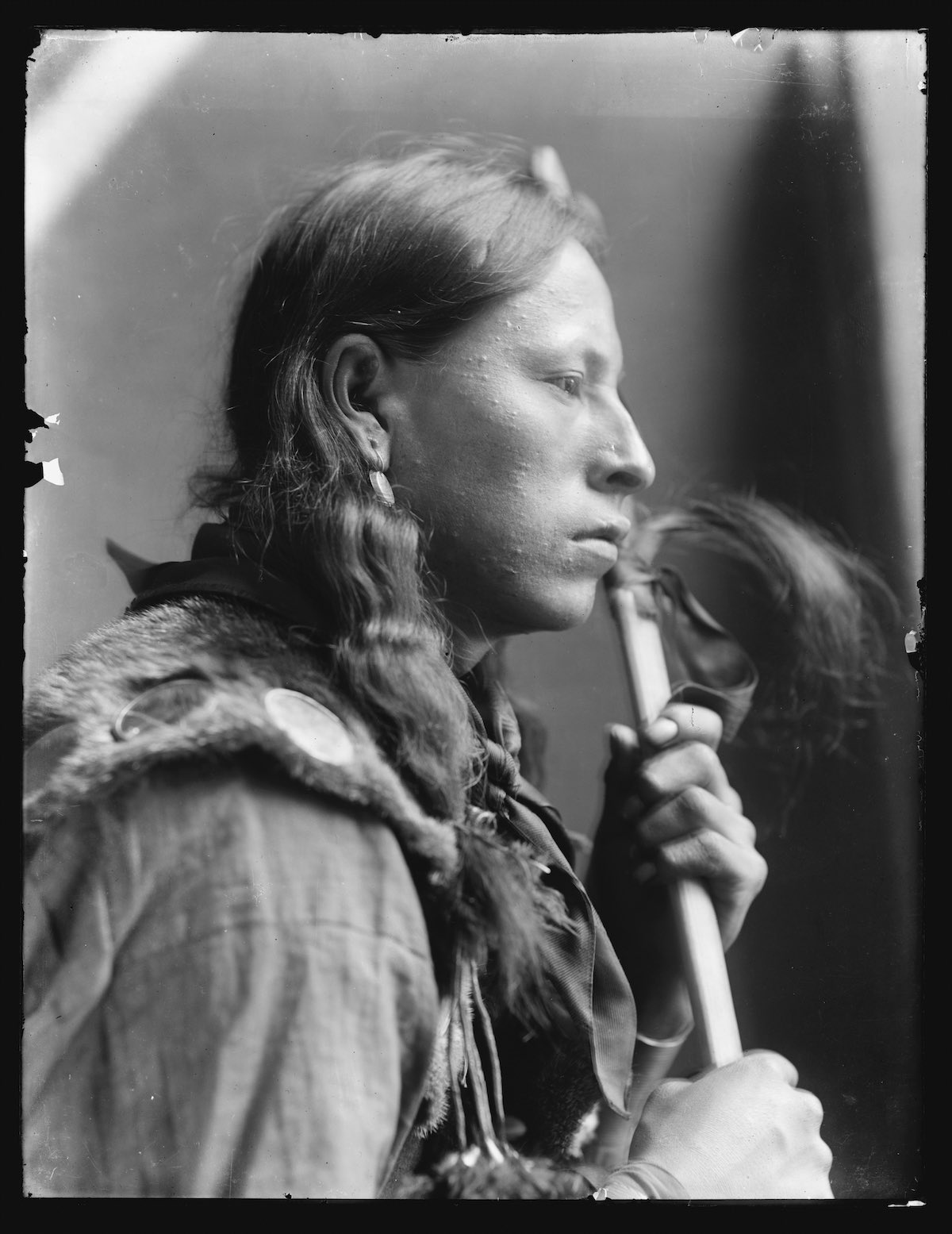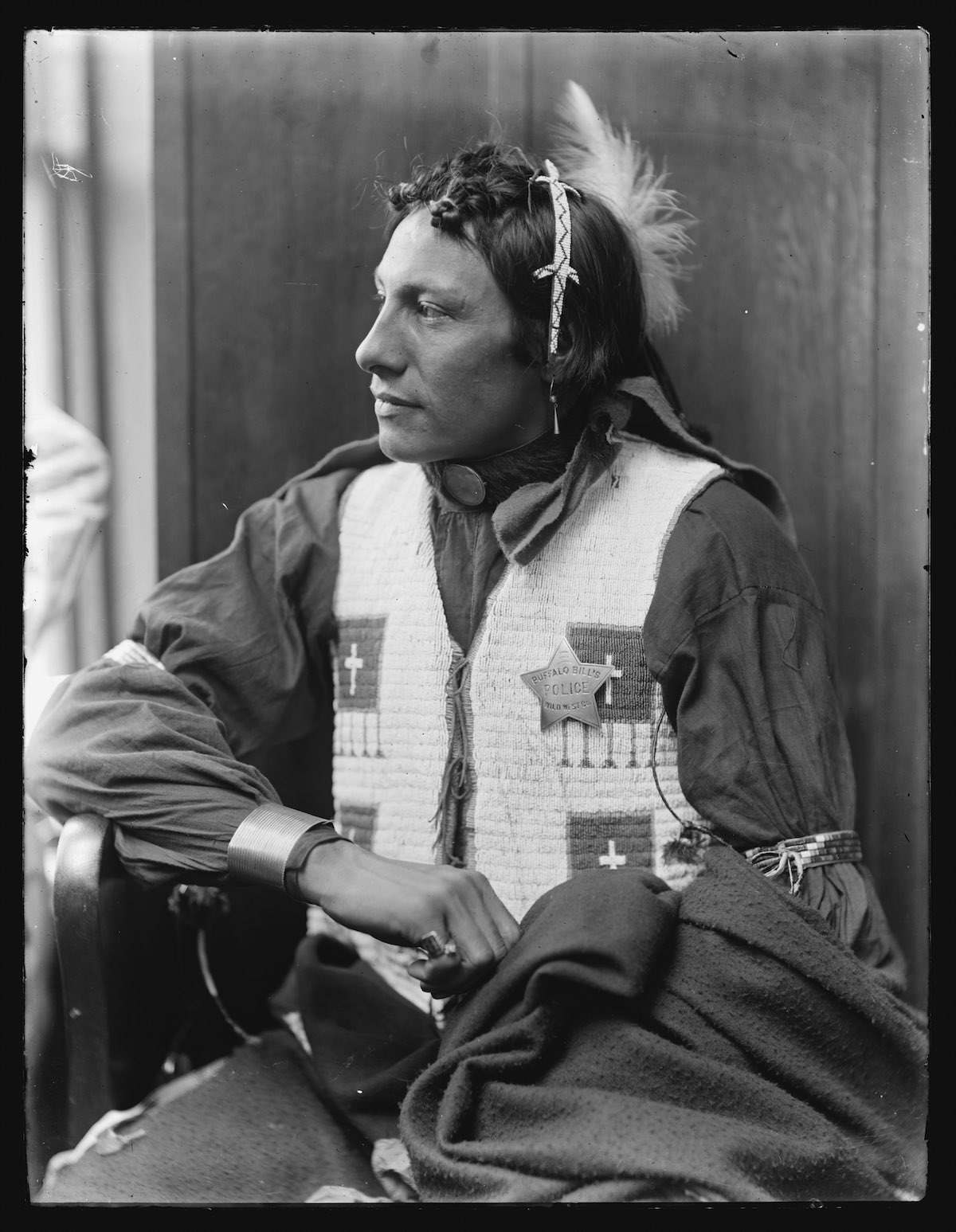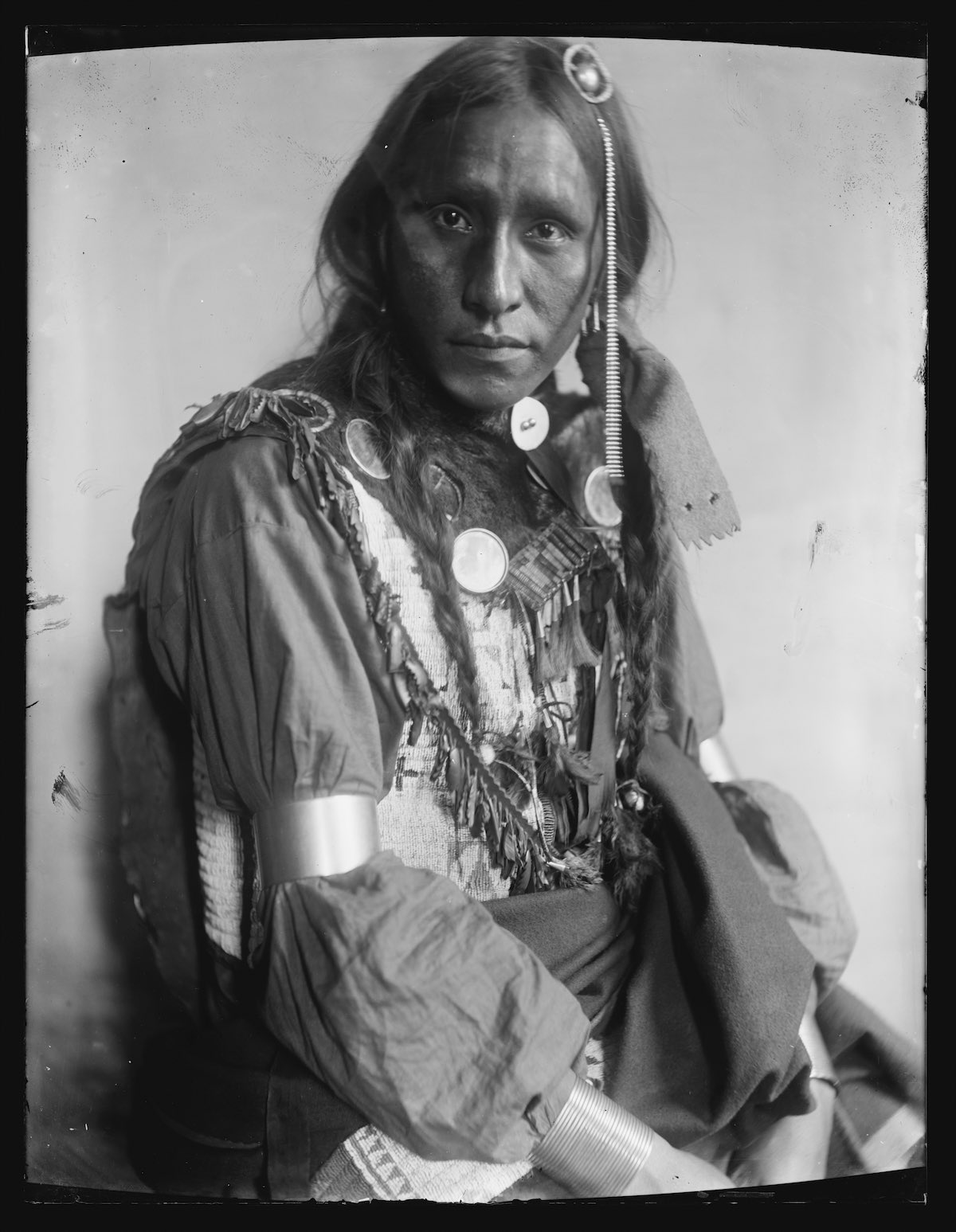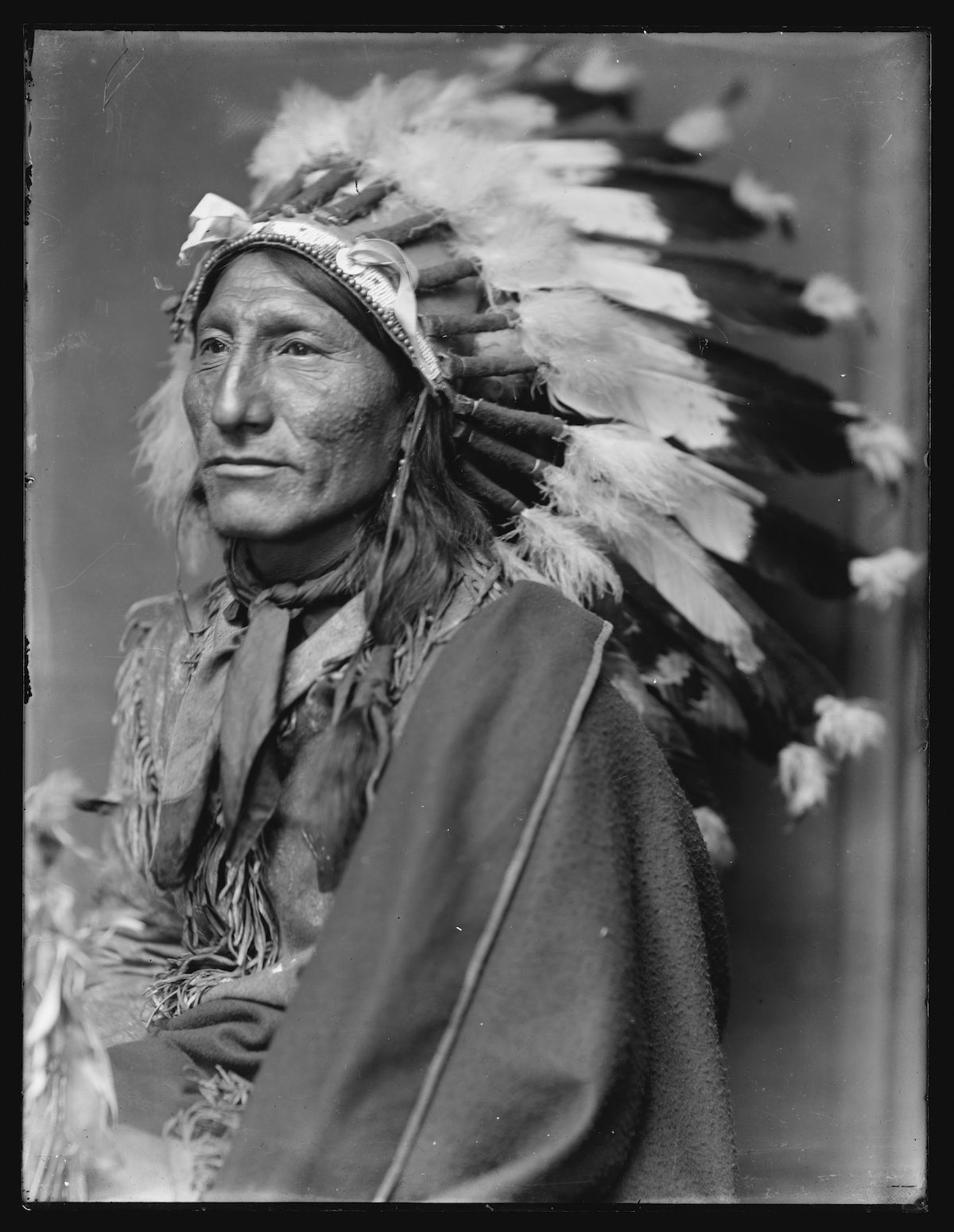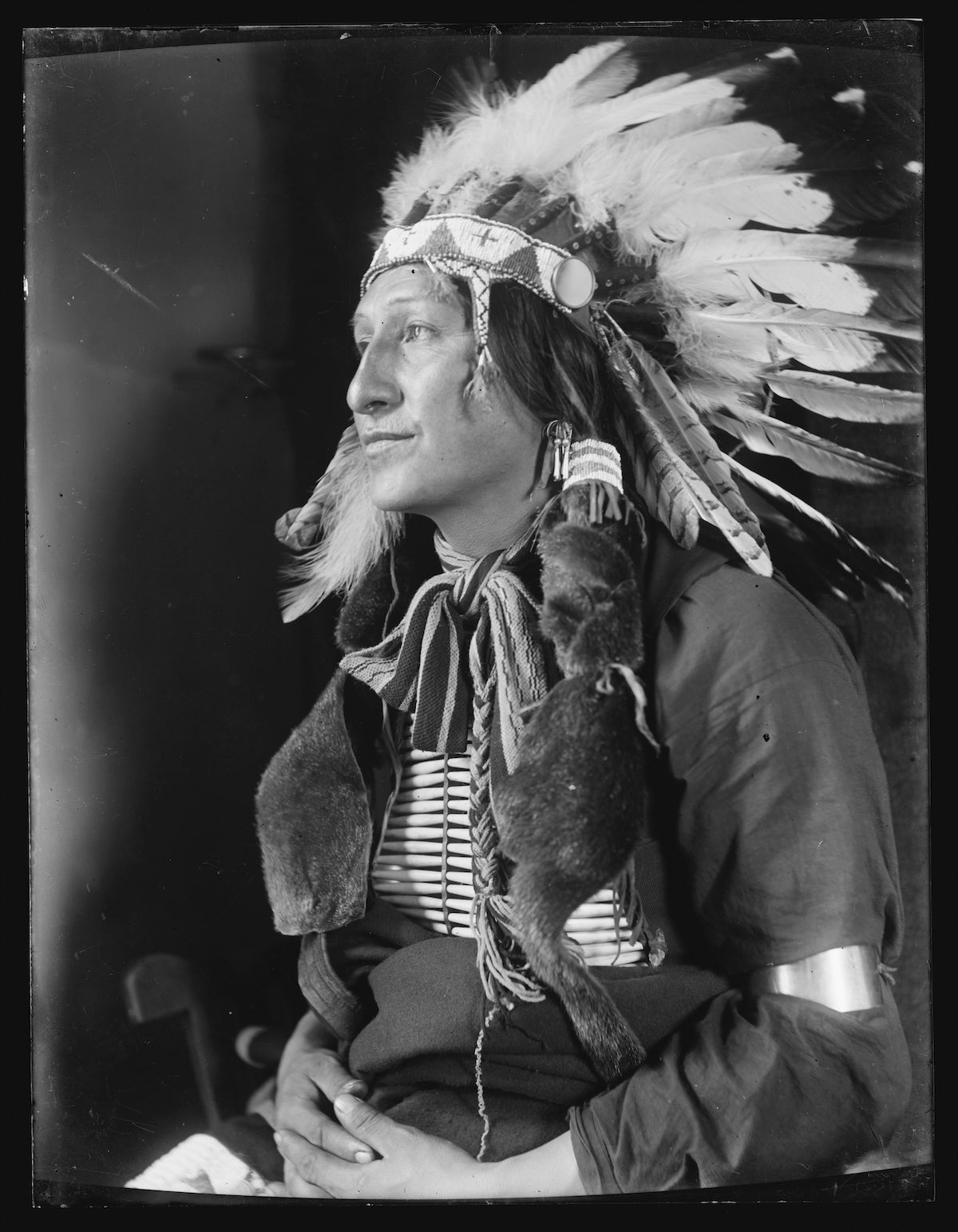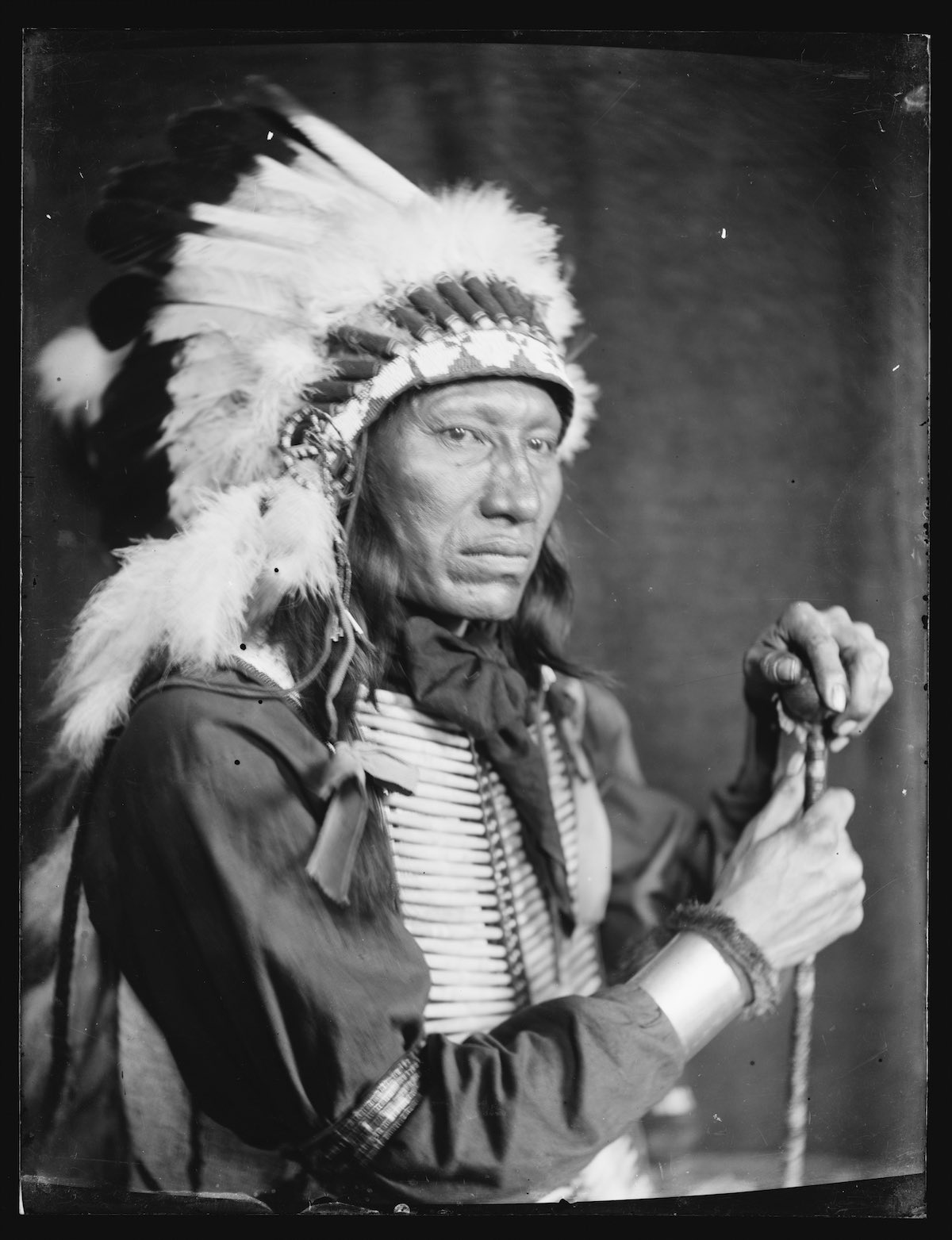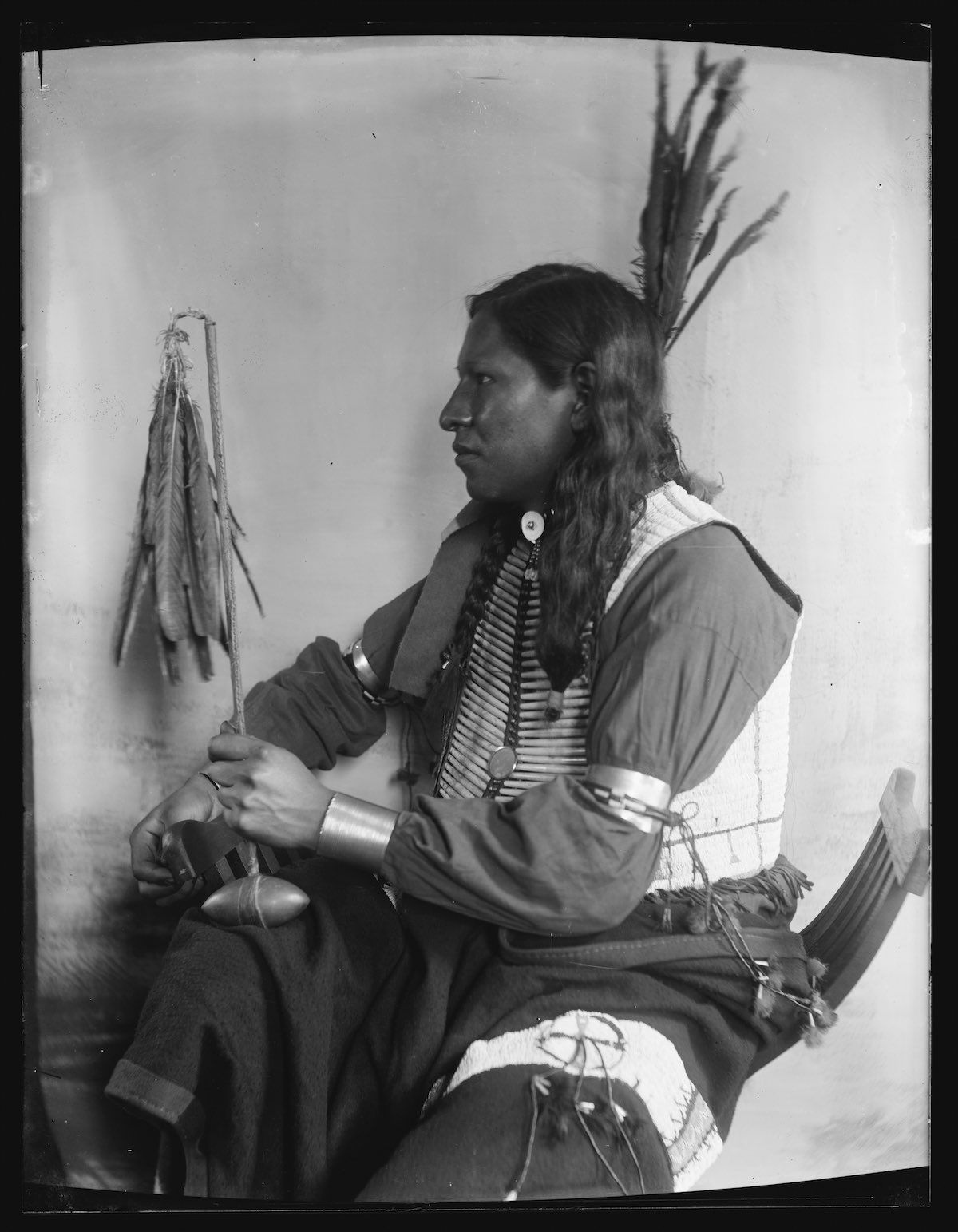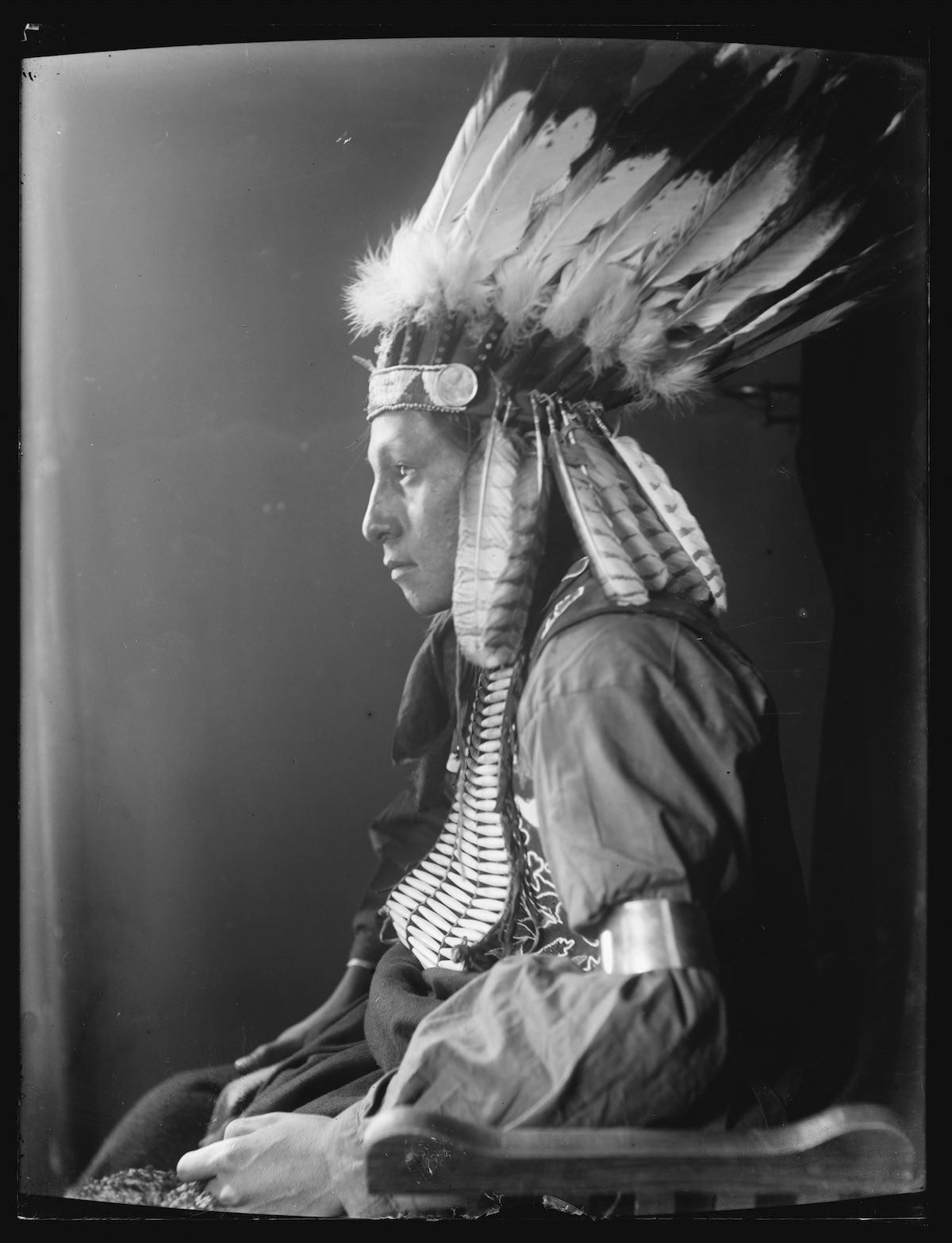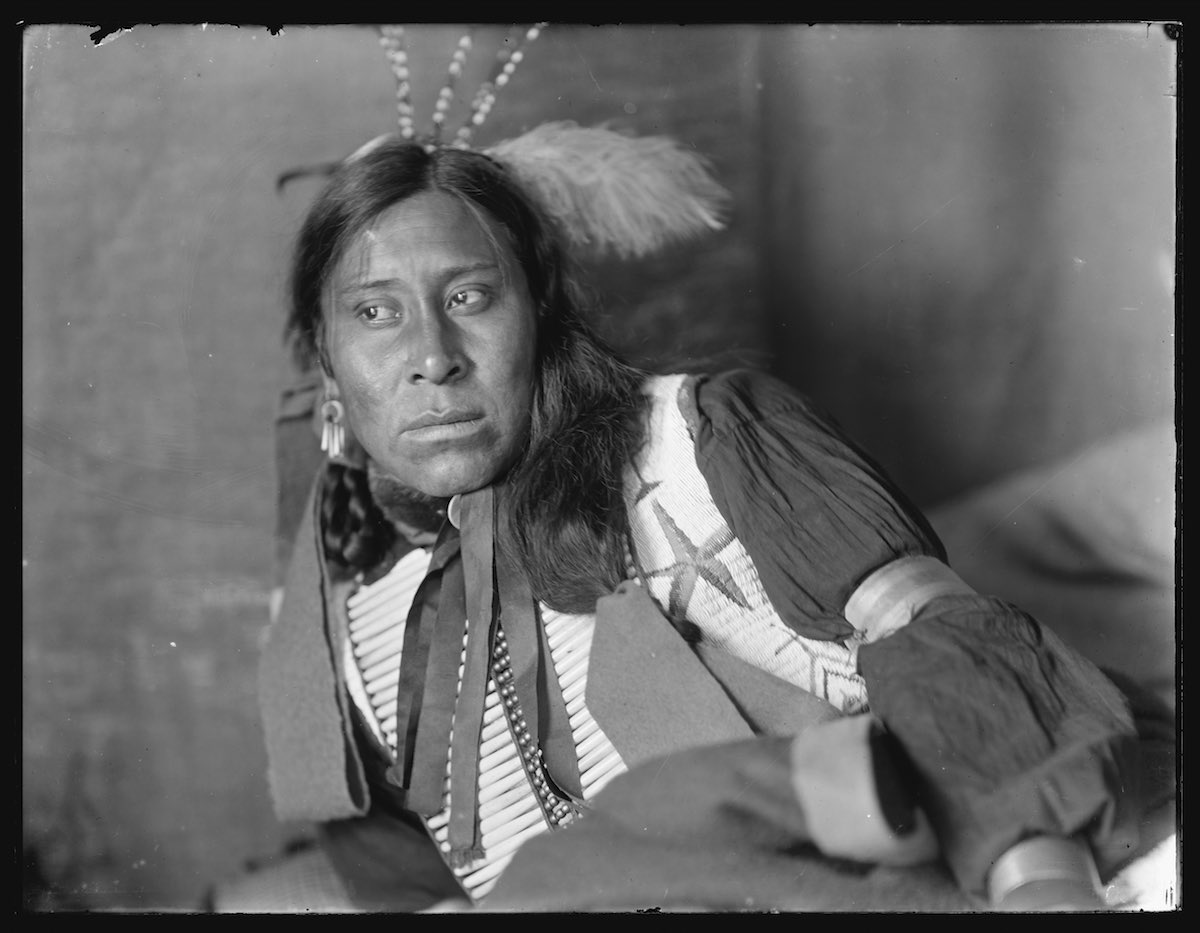Native Americans from Buffalo Bill's Wild West
For years I've been fascinated with the great American West, and the history of America itself. It's a unbearably sad history, full of genocide and awful acts of betrayal, but spotted around it are moments of beauty, honour, and pride. If you'd like to read a devastating book on the Indian history of the American West, you can't go wrong with Bury my Heart at Wounded Knee, but be warned; it'll make you want to crawl into a hole.
It's also still a beautiful place to visit. If you know me, you won't be surprised to hear that I'm a particular fan of Arizona. You should go, drive into the desert, and soak up the silence, the beauty, and the great, great expanse of it all.
"In 1898, photographer Gertrude Käsebier looked out of her studio window on Fifth Avenue in New York City and saw the cast of Buffalo Bill's Wild West parading past. Buffalo Bill, a.k.a. William Cody, was by that time a legendary figure of the American Old West, a legend he partially self-generated.
Cody's nickname arrived when he supplied buffalo meat to workers on the Kansas Pacific railroad. In 1872, Cody performed in the Wild West theatre production Scouts of the Prairie, and in 1883, aged 37, he founded his own circus-like show, called Buffalo Bill's Wild West. The show toured annually across the U.S. and Europe, performing in front of Queen Victoria and the future kings Edward VII and George V of Britain, and the future Kaiser Wilhelm II of Germany. In Rome, the cast met the pope. The show included sharpshooting acts, horse riding demonstrations and reenactments of American history. The performers included several Native Americans, many of them Sioux.
What Gertrude Käsebier saw from her window connected with her memories of the Native Americans she had known in the 1850s and 1860s, growing up in Colorado and on the Great Plains. Käsebier wrote to Cody asking if she might photograph the Native American performers in her studio. They arranged a session. A number of the Sioux photographed had fought against the U.S. military. Chief Flying Hawk was a veteran of Great Sioux War of 1876, the Battle of the Little Big Horn of the same year and was present at the massacre of Wounded Knee — just eight years before Käsebier took his portrait." Via.
